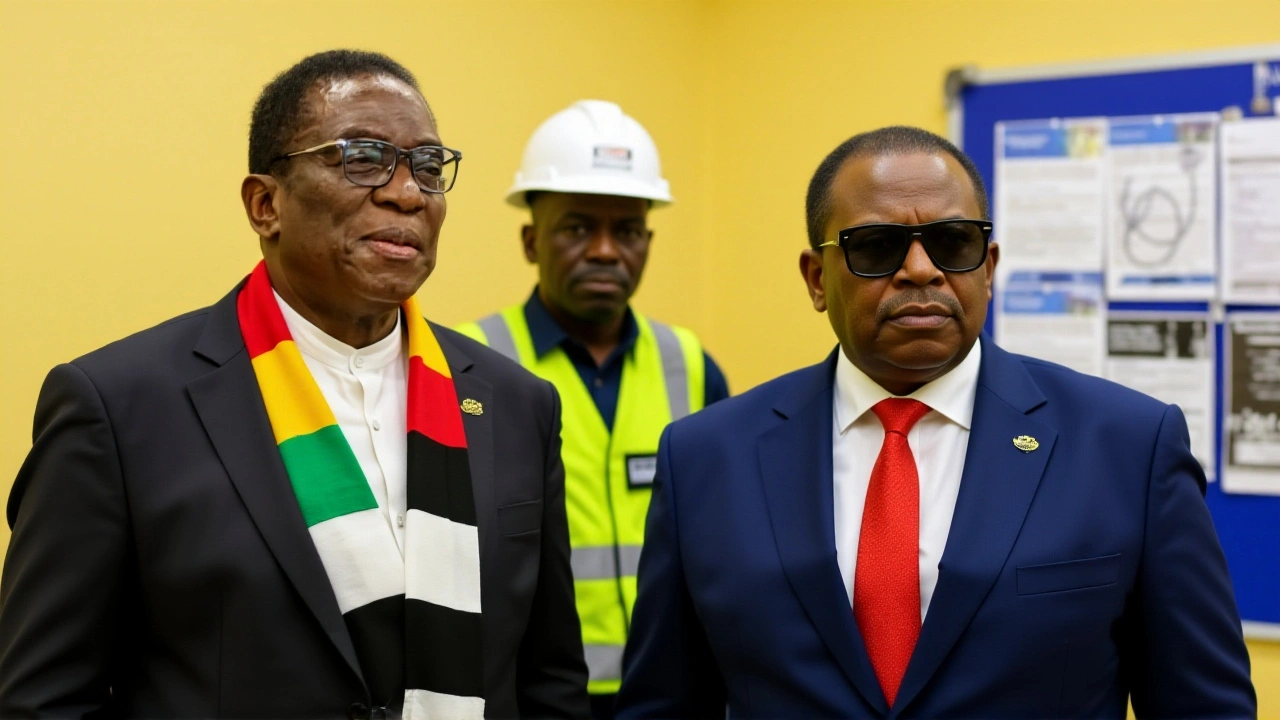All About ZANU-PF – Current News, History and Impact
When talking about the political scene in Zimbabwe, the first name that comes up is ZANU-PF, the party that has ruled Zimbabwe since 1980. Also known as Zimbabwe African National Union – Patriotic Front, it dominates the national agenda, controls most state institutions and shapes everyday life for millions of citizens.
Understanding ZANU-PF means looking at the country it leads. Zimbabwe, a landlocked nation in Southern Africa with a turbulent post‑colonial history provides the backdrop for every policy decision. The party’s grip on power has created a clear link: ZANU-PF governs Zimbabwe, and Zimbabwe’s economic and social trends reflect ZANU-PF’s choices.
Key Players and Their Roles
The faces behind ZANU-PF matter as much as the party’s platform. Robert Mugabe, founding leader who ruled for 37 years built the party’s reputation for strong‑handed governance and controversial land reforms. After his ouster, Emmerson Mnangagwa, the current president and former security chief took over, promising economic revival while keeping ZANU-PF’s core policies intact. Their leadership styles illustrate a semantic triple: ZANU-PF → requires → strong leadership.
Opposition forces, most notably the Movement for Democratic Change (MDC), constantly push back against ZANU-PF’s dominance. The party’s relationship with the MDC creates another triple: ZANU-PF ↔ influences ↔ election outcomes. Campaigns, voter roll disputes, and occasional violence all tie back to how ZANU-PF manages competition.
Land reform remains a hot topic. The 2000s saw ZANU-PF implement a fast‑track program that seized commercial farms, a move that still echoes in today’s agricultural output. This shows a third triple: ZANU-PF → drives → land‑policy changes. The policy’s lingering effects affect food security, foreign investment and rural livelihoods.
International relations also orbit around ZANU-PF’s decisions. Sanctions from Western countries, aid negotiations with China, and recent talks with the African Union all depend on how the party presents itself. In short, ZANU-PF’s foreign stance → shapes → Zimbabwe’s global standing.
From a media perspective, ZANU-PF’s messaging strategy uses state‑run outlets, social media and public rallies. The party controls the narrative, which means any new development—whether a constitutional amendment or a budget announcement—gets filtered through its communication channels. This creates a fourth triple: ZANU-PF requires → media control to → maintain legitimacy.
Economic policy under ZANU-PF has swung between hyperinflation and attempts at stabilization. Recent budget reforms aim to attract investment, but the lingering impact of past fiscal missteps still haunts the market. The pattern is clear: ZANU-PF ↔ sets ↔ economic direction, and that direction directly influences everyday prices, employment and public services.
For anyone following Zimbabwe today, the ZANU-PF tag aggregates stories about leadership shifts, election updates, policy debates and international reactions. Below you’ll find a mix of breaking news, in‑depth analysis and on‑the‑ground reports that together paint a picture of how one party continues to shape a nation.
Ready to dive into the latest coverage? The collection below brings you the freshest reports on ZANU-PF’s moves, the opposition’s responses, and the real‑world impact on Zimbabwe’s people and economy.

Zimbabwe Party Pushes Mnangagwa Term Extension to 2030, Sparks Political Rift
- by Masivuye Mzimkhulu
- on 24 Oct 2025
ZANU-PF pushes a constitutional amendment to let President Mnangagwa stay until 2030, sparking legal battles, factional splits, and US warnings.